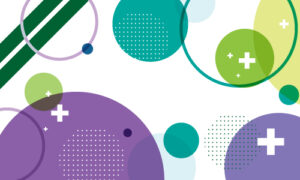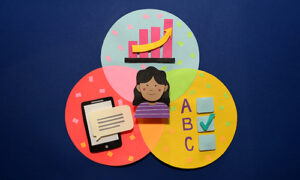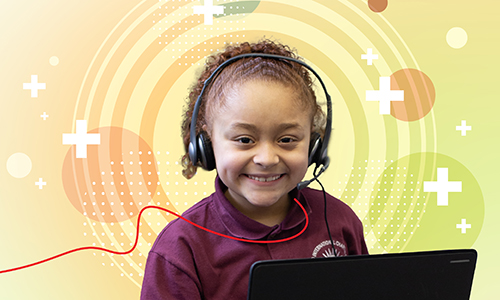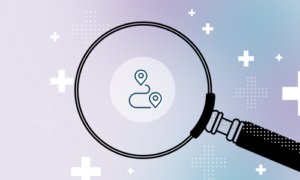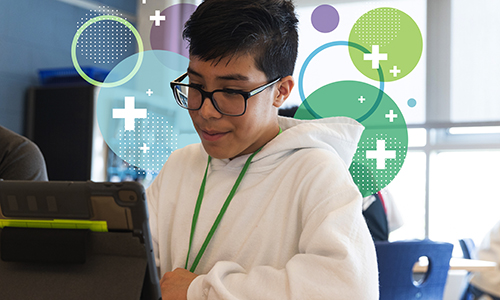10 can’t-miss benefits of
MAP Reading Fluency
All reading tests are not created equal. With helpful features, innovative reporting tools, and robust professional learning experiences, MAP® Reading Fluency™ from NWEA is an early reading assessment unlike any other. As part of our Early Literacy Solution, MAP Reading Fluency preserves instructional time for your teachers and improves outcomes for young readers with help from these powerful features.
1. Simple efficient, group administration
MAP Reading Fluency is a computer-based benchmark and progress monitoring assessment that allows you to assess the oral reading fluency, literal comprehension, and foundational skills of an entire class in about 20 minutes—saving weeks of instructional time when compared to knee-to-knee measures.
View articleRelated Topics
Recommended for you
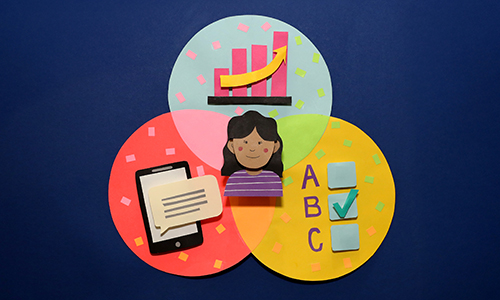
eBook
3 steps to help teachers tackle early reading challenges right now
This ebook provides practical strategies for educators to enhance early literacy. Learn how efficient assessments, actionable data, and personalized coaching help teachers improve reading outcomes and foster a love of reading in students.
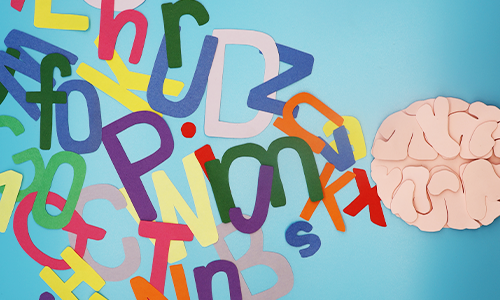
Article
6 ways to level up with the science of reading
Implementing the science of reading is an ongoing process to shift instructional strategies to evidence-based practices. Two literacy experts from NWEA® share six ways literacy educators can continue to build on their progress and take the science of reading to the next level.

Article
5 reading skills kids need before grade 3
This list and summary will discuss the big 5 reading ideas that have to be taught and assessed prior to grade 3. The National Reading Panel identified five components at the core of effective reading instruction: phonics, phonemic awareness, fluency, vocabulary and comprehension. Hit on why this is so important at the early learning stages. List out each reading concept, explain what it is, and why reading research has identified it as important.
